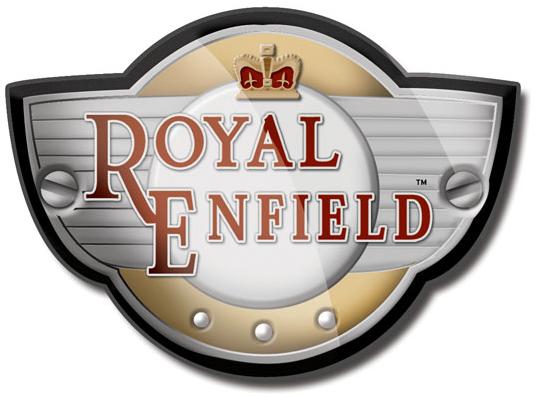
iPhone 5 will be available in the
iPhone 5 will be available from the Apple Online Store (www.apple.com), Apple's retail stores, and through AT&T, Sprint, Verizon Wireless and select Apple Authorized Resellers.
iPhone 5 will roll out worldwide to 22 more countries on September 28, including
Even though it's taller than the iPhone 4S, it's lighter. The bigger screen - 4 inches measured diagonally - creates room for another row of icons on the screen and lets widescreen movies fit better. Previous iPhone models carried 3.5-inch screens.
Even video and photos look more lush on the iPhone 5's bigger and better screen. The device is also speedier because of a more powerful processing chip and upgraded wireless technology that accelerates Web surfing.
Apple also has equipped the iPhone 5 with a superior sound system, courtesy of the new headphones that the company says it spent three years developing. The headphones, called "EarPods," are a vast improvement on the ear buds that Apple has been giving away with its devices for more than a decade. The new headphones actually
The new iOS also offers a feature called "Passbook," where digital coupons, airline tickets and gift cards can be conveniently stored in one location. This, too, is going to be popular.
iPhone 5 tech specifications:
- Display: 4-inch (diagonal) with a resolution of 1136 by 640 pixels.
- Memory capacity: 16, 32 or 64 gigabytes, depending on price. There's no way to expand it with memory cards.
- Price: Starting at $199, for 16 gigabytes of memory.
- Size: height: 4.87 inches; width: 2.31 inches; depth: 0.30 inch (124 x 59 x 7.6 mm)
- Weight: 3.95 ounces (112 grams)
- Cameras: 8-megapixel camera on back, 1.2-megapixel on front.
- Video recording: high-definition (1080p - comparable to the resolution of a 40-inch flat panel TV) up to 30 frames per second with audio
-
- US wireless carriers: Verizon Wireless, AT&T, Sprint Nextel and others.
- Network compatibility: 3G networks worldwide, plus 4G LTE networks in the US, Canada, Japan, Germany, UK, Australia, South Korea, Hong Kong and Singapore.
- Operating system: Apple's iOS 6 (will also be available for download to older iPhone models)
- Near-field communications: Not available.
GSM 850 / 900 / 1800
/ 1900 - GSM A1428
|
||
CDMA 800 / 1900 /
2100 - CDMA A1429
|
||
HSDPA 850 / 900 /
1900 / 2100 - GSM A1428
|
||
CDMA2000 1xEV-DO -
CDMA A1429
|
||
LTE 700 MHz Class 17
/ 1700 / 2100 - GSM A1428 or LTE 850 / 1800 / 2100 - GSM A1429
|
||
LTE 700 / 850 / 1800
/ 1900 / 2100 - CDMA A1429
|
||
Nano-SIM
|
||
2012, September
|
||
Available. Released
2012, September
|
BODY
|
123.8 x 58.6 x 7.6
mm (4.87 x 2.31 x 0.30 in)
|
|
112 g (3.95 oz)
|
DISPLAY
|
LED-backlit IPS TFT,
capacitive touchscreen, 16M colors
|
|
640 x 1136 pixels,
4.0 inches (~326 ppi pixel density)
|
||
Yes
|
||
Corning Gorilla
Glass, oleophobic coating
|
SOUND
|
Vibration,
proprietary ringtones
|
|
Yes
|
||
Yes
|
MEMORY
|
No
|
|
16/32/64 GB storage,
1 GB RAM
|
DATA
|
Yes
|
|
Yes
|
||
DC-HSDPA, 42 Mbps;
HSDPA, 21 Mbps; HSUPA, 5.76 Mbps, LTE, 100 Mbps; EV-DO Rev. A, up to 3.1 Mbps
|
||
Wi-Fi 802.11
a/b/g/n, dual-band, Wi-Fi hotspot
|
||
Yes, v4.0 with A2DP
|
||
Yes, v2.0
|
CAMERA
|
8 MP, 3264x2448
pixels, autofocus, LED flash, check quality
|
|
Simultaneous HD
video and image recording, touch focus, geo-tagging, face detection,
panorama, HDR
|
||
Yes, 1080p@30fps,
LED video light, video stabilization, geo-tagging, check quality
|
||
Yes, 1.2 MP,
720p@30fps, face detection, FaceTime over Wi-Fi or Cellular
|
FEATURES
|
iOS 6
|
|
Apple A6
|
||
Dual-core 1.2 GHz
|
||
PowerVR SGX 543MP3
(triple-core graphics)
|
||
Accelerometer, gyro,
proximity, compass
|
||
iMessage, SMS
(threaded view), MMS, Email, Push Email
|
||
HTML (Safari)
|
||
No
|
||
Yes, with A-GPS
support and GLONASS
|
||
No
|
||
Black/Slate,
White/Silver
|
||
- Active noise
cancellation with dedicated mic
- Siri natural language commands and dictation - iCloud cloud service - Twitter and Facebook integration - TV-out - Maps - iBooks PDF reader - Audio/video player/editor - Organizer - Document viewer - Image viewer/editor - Voice memo/dial/command - Predictive text input |
Standard battery,
Li-Po 1440 mAh (5.45 Wh)
|
||
Up to 225 h (2G) /
Up to 225 h (3G)
|
||
Up to 8 h (2G) / Up
to 8 h (3G)
|
||
Up to 40 h
|
MISC
|
1.18 W/kg (head)
1.18 W/kg (body)
|
|
0.95 W/kg (head)
0.90 W/kg (body)
|
||
TESTS
|
||


